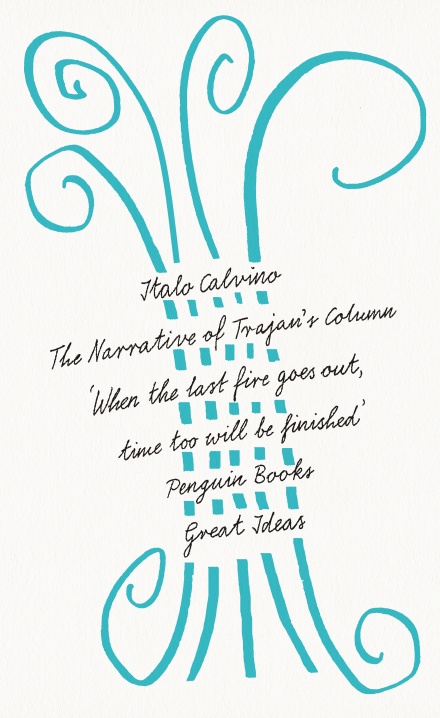What do you think?
Rate this book


99 pages, Paperback
Published September 24, 2020
[T]he idea of perfection which art pursues, the wisdom accumulated in writing, the dream of satisfying every desire that is expressed in the luxury of ornaments, all of these point towards one single meaning, celebrate one foundational principle, entail one single final object. And this is an object which does not exist. Its sole quality is that of not being there. One cannot even give it a name.
This is what I thought I had understood in that distant journey of mine to Isfahan: that the most important things in the world are the empty spaces. [...] What I see now from Iran are very different images: with no empty spaces, it is full of crowds shouting and gesturing in unison, darkened by the blackness of cloaks, which extends everywhere, full of a fanatical tension that knows no respite or peace. I saw nothing of all this when I was contemplating the mihrab.